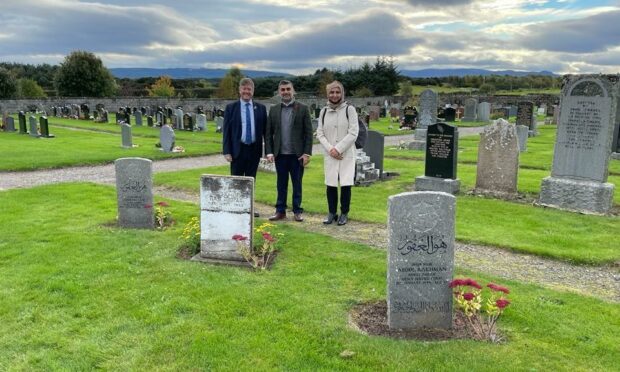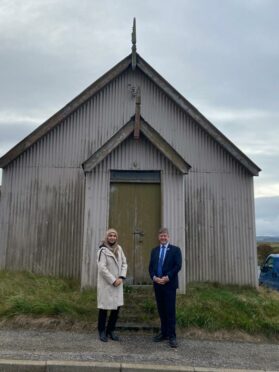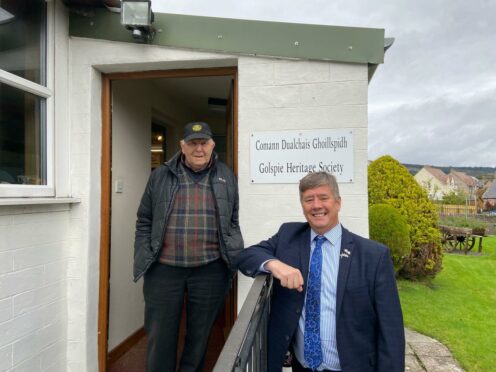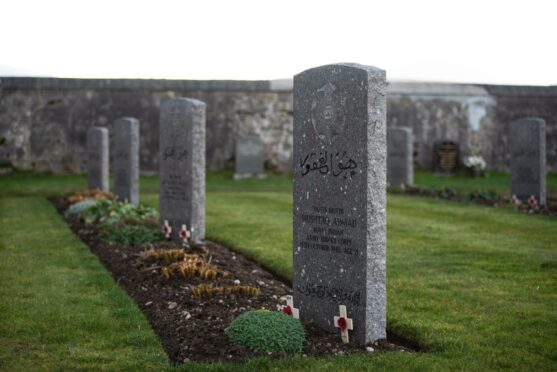Around 1,800 soldiers from the British Indo-Pak Army were stationed in Scotland during the Second World War becoming honourary members of the community.
Despite the significant sacrifices and contributions that were made by the servicemen, little is known about their role in the country’s history.
Colourful Heritage, one of the largest South Asian heritage initiatives in Scotland, is aiming to change that through its latest project which explores a special all-Muslim regiment called Force K6.
Many soldiers from the regiment were stationed in the Highlands between June 1942 and December 1943, in locations including Lairg, Golspie and Dornoch.
The charity aims to locate the relatives and associated artefacts of these Force K6 soldiers starting with the 13 who have been laid to rest in Scotland.
The campaign has been backed by the Scottish Government and this week Veterans Secretary Keith Brown wrote to the High Commission for Pakistan to request assistance for the Colourful Heritage team.
Mr Brown said: “Too many people that served in previous wars that the UK has been involved in, in this case the British Indo-Pak Army, are not properly recognised and I think it’s important that they are.
“We need to acknowledge the contribution they made, reassure the Asian community in Scotland and be supportive of the efforts of people who have come from the Indian subcontinent in the past to support the armed forces.”
Following in the footsteps of Force K6
On Wednesday, Mr Brown and representatives from Colourful Heritage, including founder Omar Shaikh, followed in the footsteps of Force K6 soldiers by visiting locations in the Highlands where they had been stationed.
Colourful Heritage’s head researcher, Dr Saqib Razzaq, explained the journey the men took to get to northern Scotland during the Second World War.
She said: “They came from India to France and made their way to Dunkirk where they eventually escaped. This is actually a very unknown story, not very much is known at the moment. From there they made their way to Wales and then the north of Scotland.
“They were stationed all over the place in the Scottish Highlands, around Lairg, Kinlochleven and Golspie, specifically during the Second World War.”
The group’s visit began in Lairg where they learned that between 200 and 300 servicemen were stationed and that they adopted the village’s Tin Church to use as a makeshift mosque.
Mr Brown said: “It was a genuinely fascinating day. We talked to a lady in Lairg who had seen the soldiers when they were there, she was a little girl at the time, and she had lived in a house just above where they had been.
“She said she could smell the cooking of chapatis and she saw the horses and mules, as these were troops that were experts in transport. She remembers them being there and being very kind and well received.
“Also, there’s an old Free Church of Scotland church that was used by the Muslim soldiers as a mosque and she remembers seeing rows of shoes on a Friday when they went to prayer.”
‘One equal fighting together’
The SNP MSP and Colourful Heritage then headed to Golspie where they met Shirley Sutherland and John Melville of the Golspie Heritage Society and were able to view Force K6 artefacts at the society’s museum.
The Veterans Secretary added: “One of the things that was quite interesting was that some of the people who had been at Golspie High School in the 60s and 70s were completely unaware of that history although it was such a big thing for the town at the time.”
Nine of the servicemen from Force K6 are buried in Kingussie while two more have been laid to rest at the Proncynain Cemetery in Dornoch where the group ended their visit.
Dr Razzaq said: “Two soldiers, Ghulam Nabi and Abdur Rakhman, are buried in Dornoch and in between both of these graves is another headstone.
“The surprising thing is that it’s for a gentleman who is not actually buried there, but he wanted to be remembered with his fellow countrymen even though they’re not the same faith as him.
“It’s fascinating. But that is what it was like during the war, people of all faiths were fighting side by side, all one equal fighting together.”
“For the soldiers that are buried in Scotland, we have their names and where they are from, so we want to see if we can find out any more information about them.
“We know they’re from the Punjab region, so we’re trying to find out if they have any living relatives as they won’t know about them being buried in Scotland.
“We have a campaign to try and trace them and want to get the Pakistan government involved as well.”



